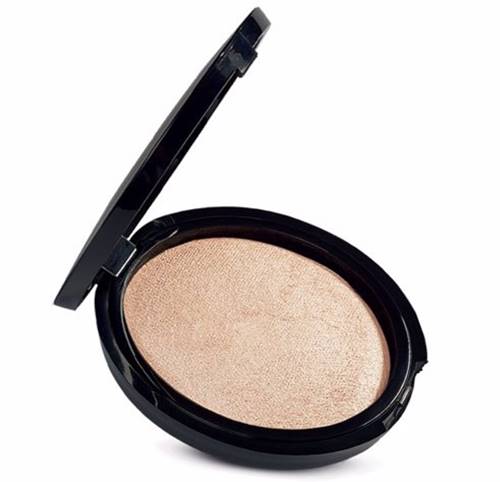Traditionally, highlighter is applied after foundation to enhance specific face areas and create a luminous glow. However, some makeup enthusiasts and individuals have experimented with applying highlighter before foundation, and it can yield interesting results. Applying highlighter before foundation can create a subtle, lit-from-within effect. By applying highlighter to the high points of the face and then blending foundation on top, the glow is diffused and appears more natural look. This technique works best with cream or liquid highlighters, as they blend seamlessly into the foundation. However, it’s important to note that this method may not suit everbody’s preferences, desired makeup look or skin type, so it’s always recommended to find what works best for you and experiment.
Foundation and highlighter are staple products in every makeup lover’s collection. Traditionally, highlighter is applied after foundation to add a luminous glow. However, a growing trend in the beauty community suggests applying highlighter before foundation for a unique and subtle radiance. In this article, we will explore this technique and its potential benefits and considerations.
Understanding the Traditional Order
In the traditional makeup routine, foundation is applied first to even out the skin tone and create a smooth base. Once the foundation is in place, highlighter is applied to areas that catch the light, such as the brow bone, cheekbones, and cupid’s bow. This method dimension to the face and creates a pronounced glow and adds, enhancing the overall makeup look.
Can I Apply Highlighter Before Foundation?

Yes, you can. Applying highlighter before foundation is an alternative way that has gained popularity among makeup enthusiasts. The idea behind this approach is to create a subtle, lit-from-within effect that appears more natural. By applying a thin layer of highlighter to the high points of the face and then blending foundation on top, the glow is integrated and diffused with the base. This can result in a more harmonious and seamless makeup look.
Advantages and Considerations
One advantage of applying highlighter before foundation is that it allows for a more natural-looking and subtle glow. By applying a sheer layer of highlighter and then mixing foundation over it, the radiance is toned down and appears as if it emanates from within the skin.
Additionally, this technique can be beneficial for individuals with acne-prone or textured skin. Placing highlighter under foundation can help to minimize the emphasis on skin imperfections, creating more even and a smoother appearance.
However, it’s important to consider skin types and individual preferences when experimenting with this technique. Some individuals may find that applying highlighter before foundation doesn’t provide the desired level of luminosity or intensity. It’s also essential to choose the right highlighter formula- cream or liquid highlighters tend to blend more seamlessly with foundation compared to powder formulas.
Step-by-Step Guide
- Start with moisturized and clean skin.
- Choose a cream or liquid highlighter that complements your skin tone.
- Apply a small amount of highlighter to the high points of your face, such as the brow bone, bridge of the nose, cheekbones, and cupid’s bow.
- Blend the highlighter using your fingertips, damp makeup sponge or a brush.
- Apply foundation over the highlighted areas, blending it outwards for a seamless finish.
- Continue with the rest of your makeup routine, such as setting powder, blush, and concealer.
Conclusion
The traditional method of applying highlighter after foundation is still popular. But also experimenting with highlighter before foundation can offer you a unique and subtle radiance.
By choosing the right products, considering individual preferences, and understanding the technique, you can achieve a beautiful, lit-from-within glow that suits your personal style.


